The Mosteiro dos Jerónimos, located on the riverfront in Belém, is probably the most famous monastery in Lisbon. But there is another monastery worth visiting, one you’ve probably seen from one of Lisbon’s many belvederes, floating above the terracotta roofs of the city: the Monastery of São Vicente de Fora (Saint Vincent Outside of the Walls). Despite being photographed often as part of Lisbon’s cityscape, and receiving a whopping 4.5* rating on TripAdvisor, it is sometimes overlooked by tourists. Join me as I take you inside this fascinating 17th century building in Portugal’s capital, so you don’t make that same mistake.
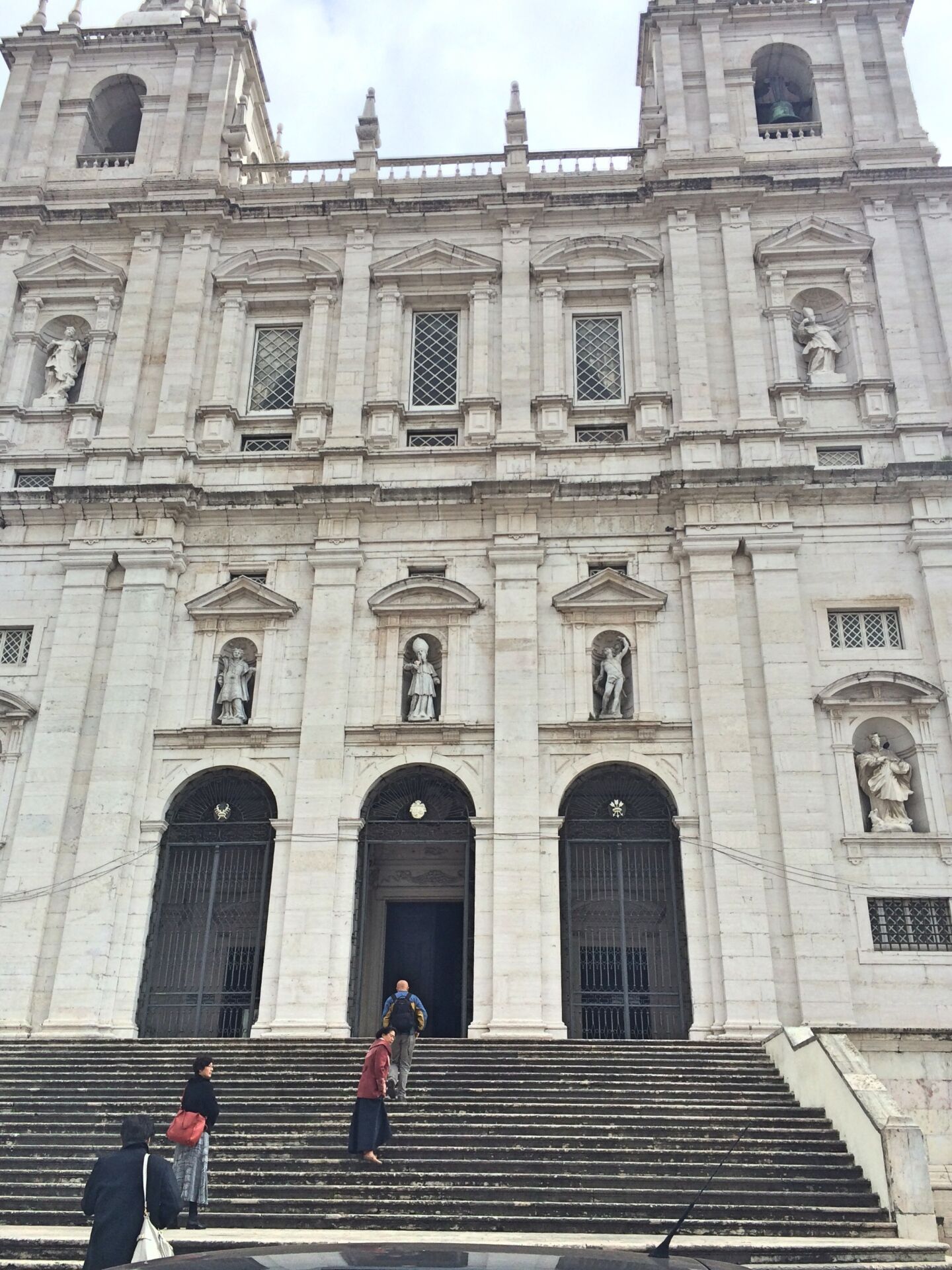
The present monastery and church you see today dates back to plans from 1582 (construction began in 1590), but the site was actually a place of worship in 1147, when Portugal’s first king ordered its edification. The current church and monastery were inaugurated in 1629, after decades of work by some of the most reputable European architects of the time. Its name comes from the patron saint of Lisbon, St. Vincent and, as it was built outside of the city walls, became known as Saint Vincent Outside the Walls.
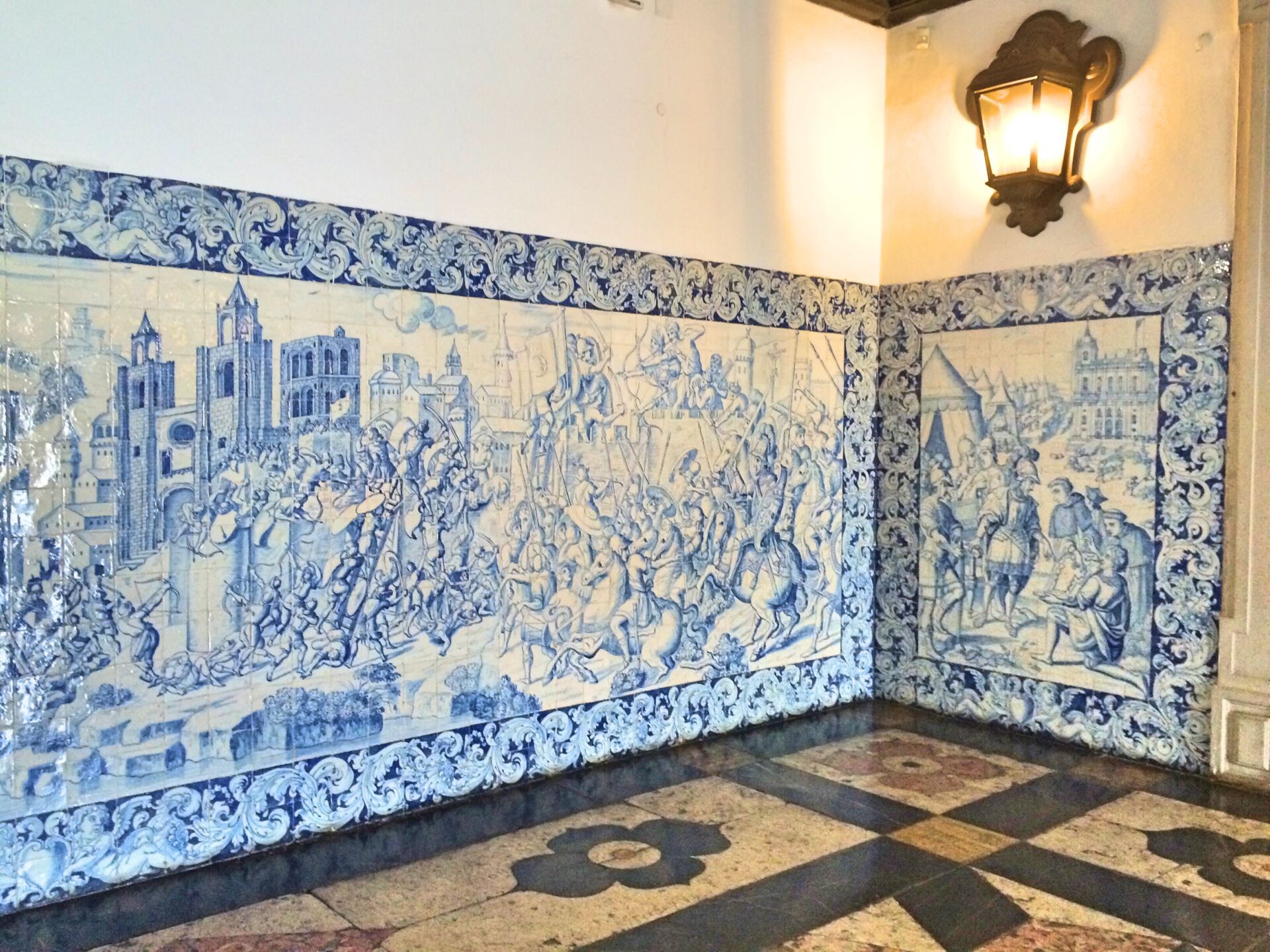
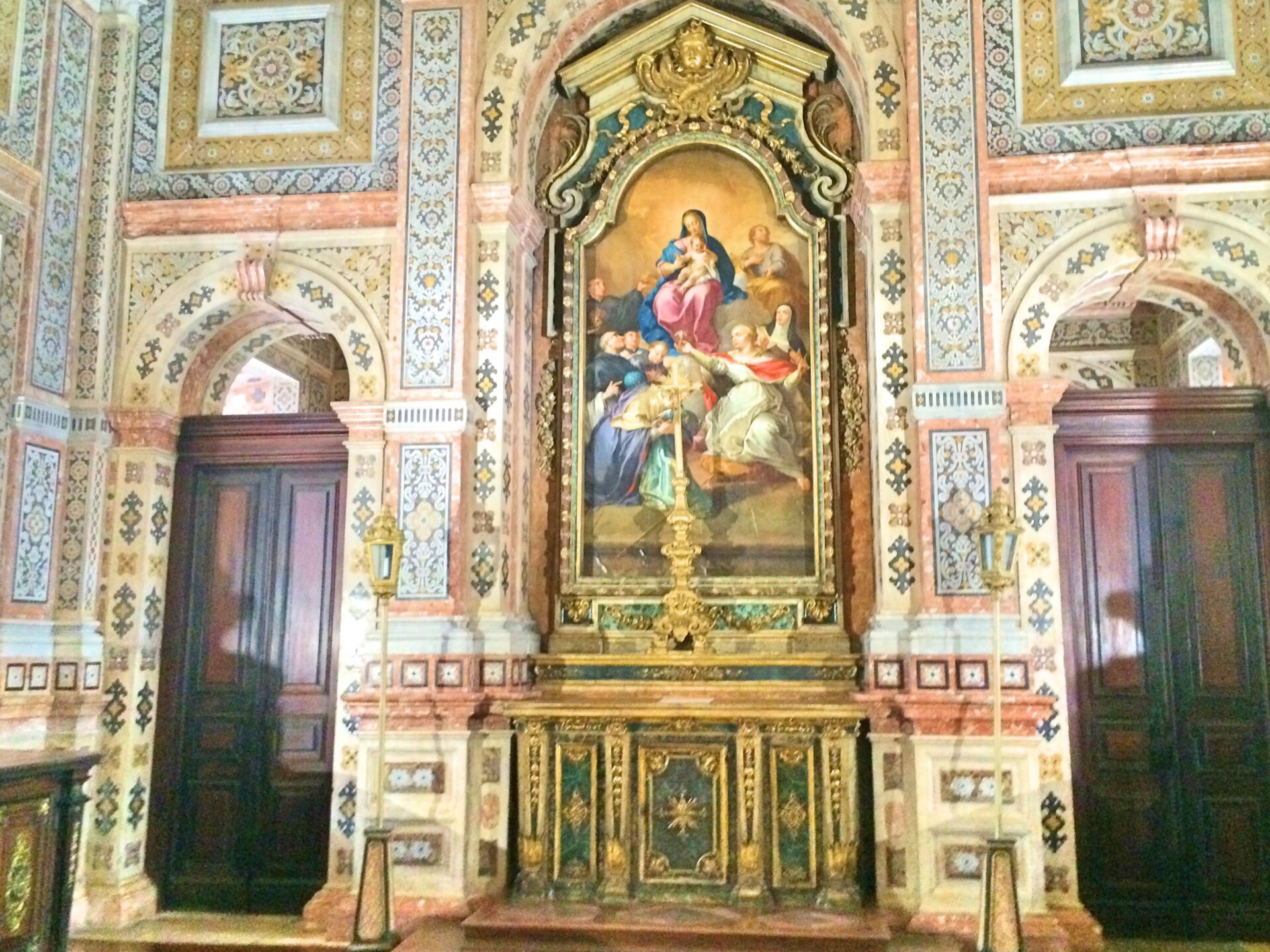
The building was filled with numerous works of art along the centuries, including sculptures from famed sculptor Joaquim Machado de Castro. Many art works and religious artifacts are still on display today. Most impressively, the monastery housed over 100,000 beautiful baroque azulejo tiles, some of which displayed scenes from La Fontaine’s fables. The 1755 earthquake that destroyed Lisbon also caused the main dome and the roof of the monastery to collapse, requiring much restoration work. Beautiful as the building was, it wasn’t very cozy. The monks who inhabited the monastery lived in very cold, drafty conditions, which led to frequent sicknesses.
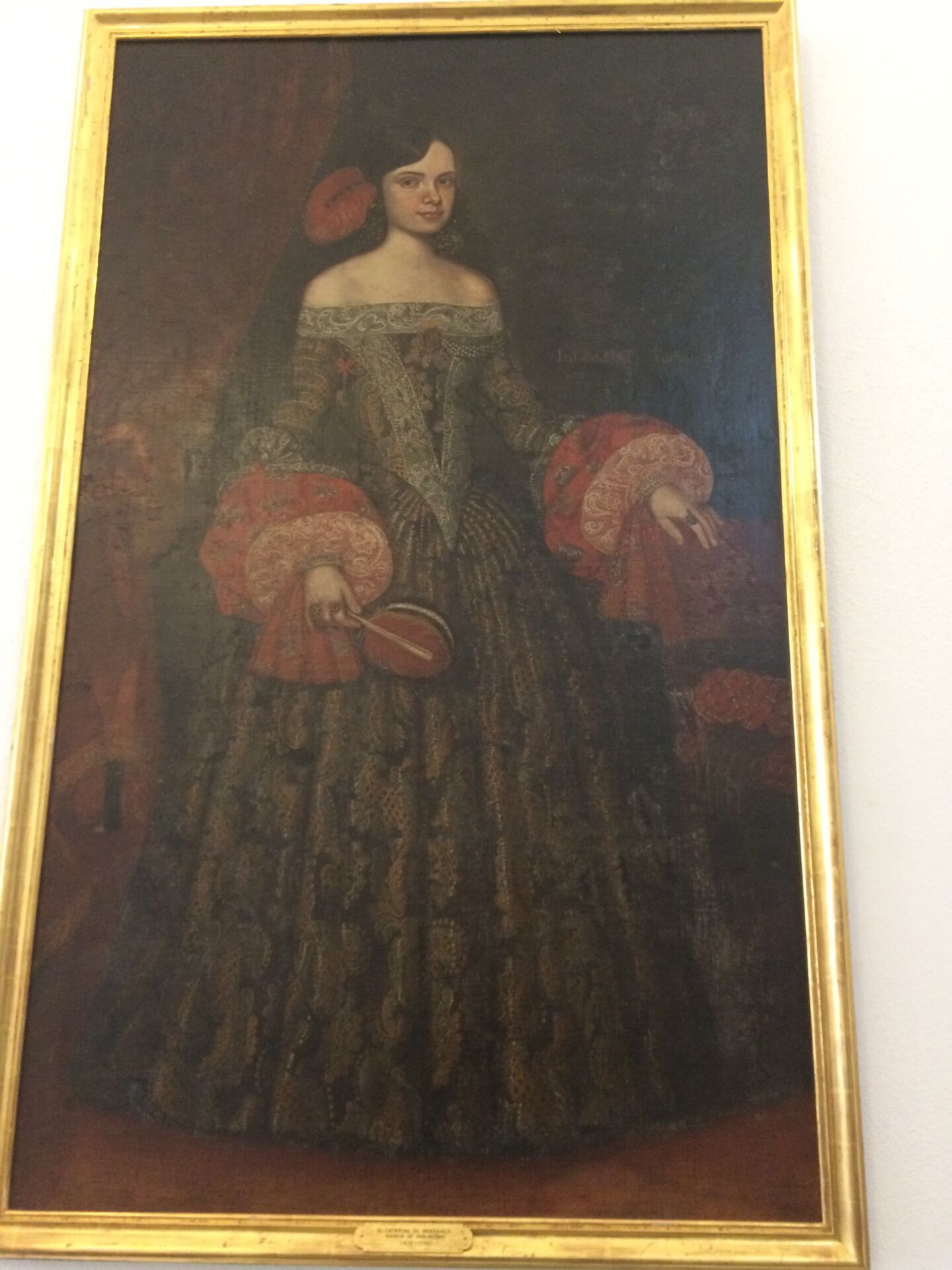
The House of Bragança, the royal lineage ruling Portugal between 1640 and 1910. From the mid-18th century onwards, many of the Bragança monarchs were buried here: Catarina de Bragança, for example, is one of them.
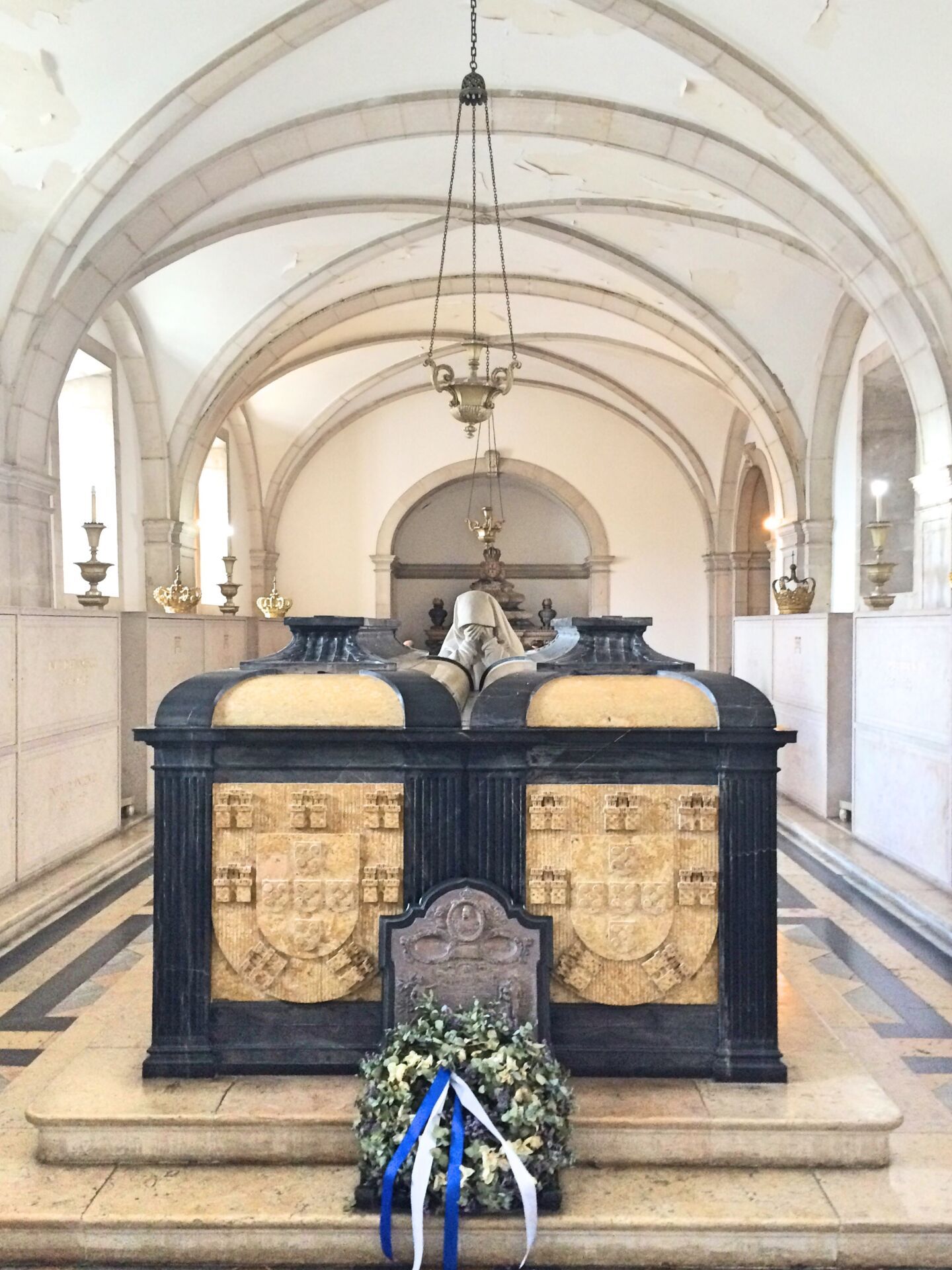
After World War II, the building was unoccupied for some time and squatters ended up there. They removed some of the beautiful azulejo tiles on the walls in order to make the rooms warmer (tiles make rooms colder), so, unfortunately, they were lost for good. However, there are still many azulejos left today, waiting to be discovered by you.
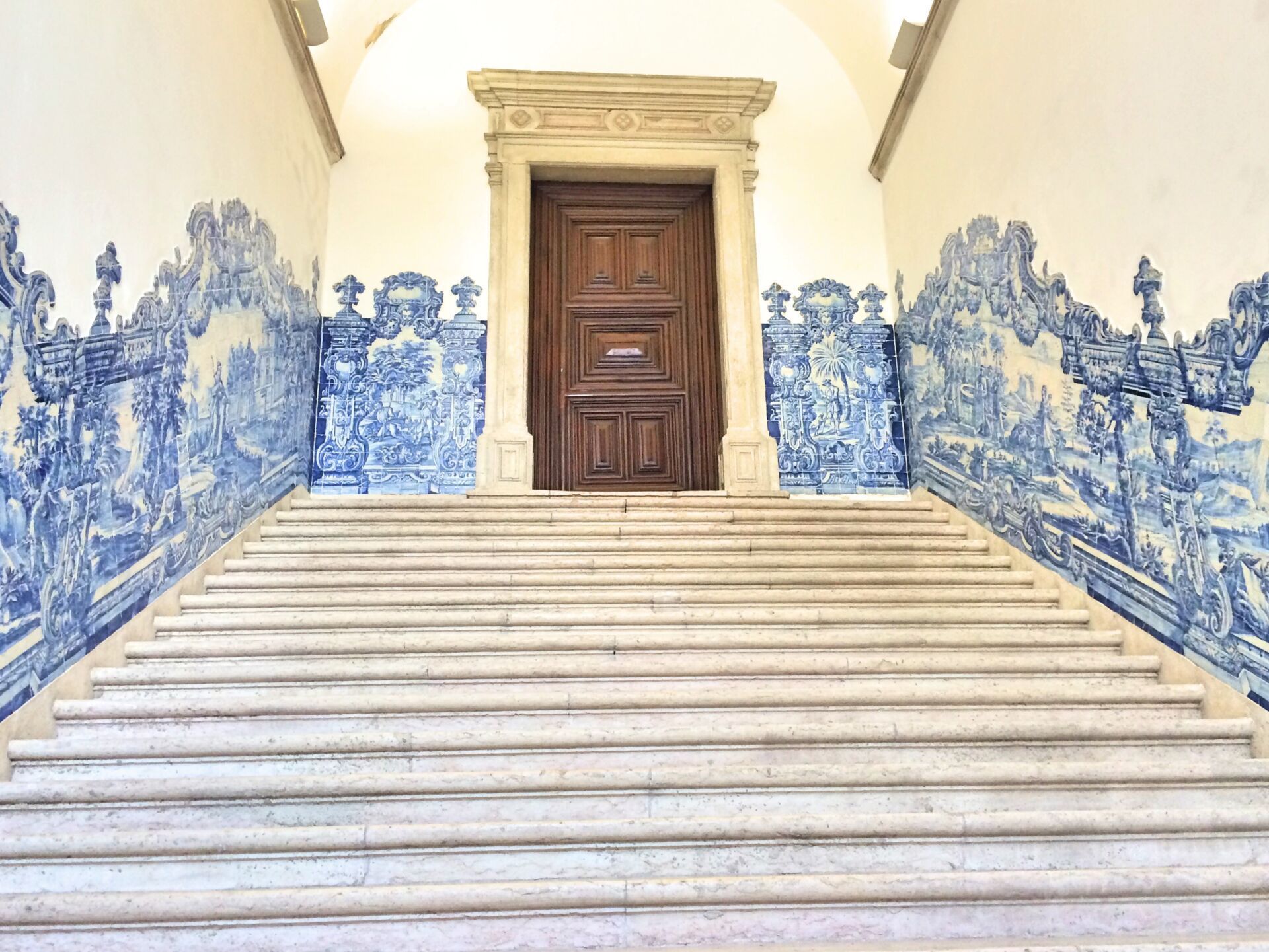
To visit S. Vicente de Fora, I suggest riding the 28 Tram, as you get to see many of Lisbon’s sights along the way. And be sure to visit the roof to take in the spectacular views to the river from the monastery.
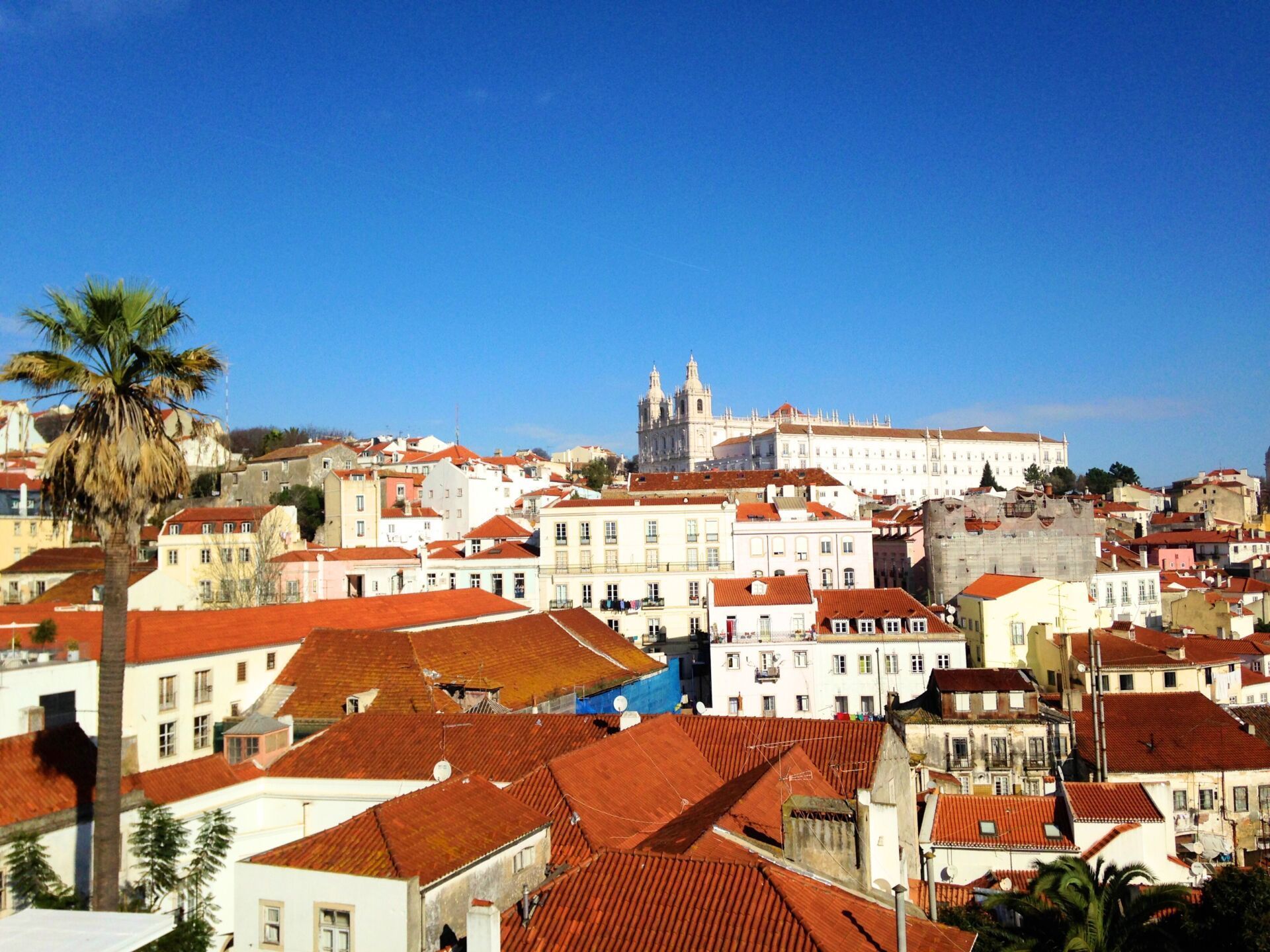


[…] Lisbon’s Second Monastery […]